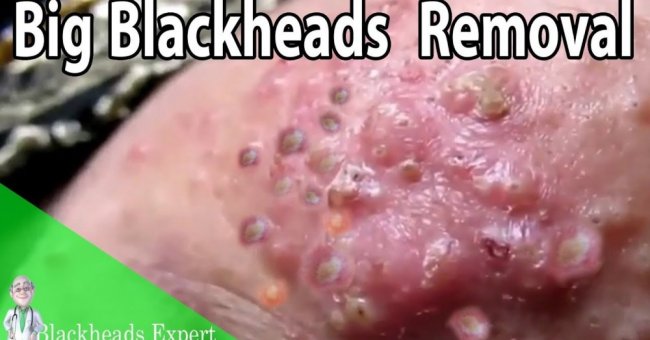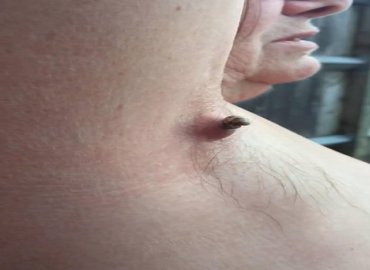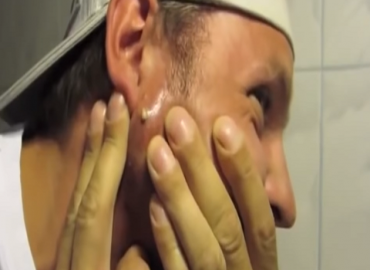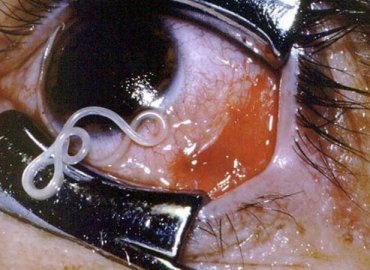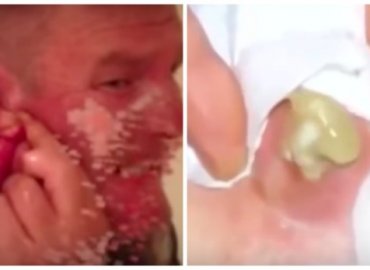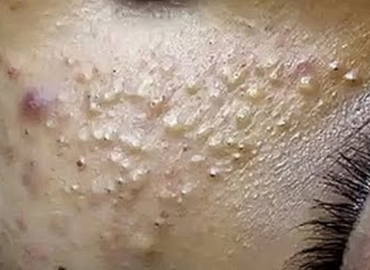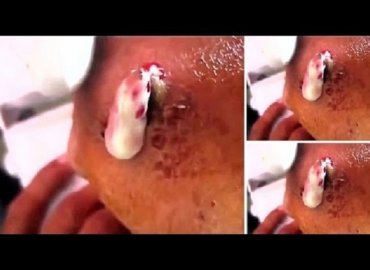If you have bumps on your face, you’re probably assuming that the bumps are acne lesions. In most cases, you would be correct–acne affects at least 40 million and possibly more than 50 million Americans every year, making it the reason for most trips to the dermatologist, according to the American Academy of Dermatology. Acne can cause cysts, which indicate deep infection and can be difficult to treat. But some bumps on the face are actually sebaceous cysts, not acne. You may need a dermatologist’s help to determine exactly what those bumps are and how to treat them.
Acne Identification
Acne on your face is usually a mixture of lesions: whiteheads, blackheads and pimples, according to the Mayo Clinic. Blackheads and whiteheads look like small round spots embedded in the skin, while pimples–which most often are red and cone-shaped–protrude. If a pimple becomes infected, it will develop a white pus-filled center.
Cyst Identification
Facial cysts, also known as sebaceous cysts or epidermoid cysts, look like pimples because they’re small and round, according to the Mayo Clinic. But that’s where the similarities end–these cysts are not acne, although they often occur in people who also have acne. You can move facial cysts around easily with your fingertips, and they’re usually white or yellow, while pimples are pink or red. Facial cysts sometimes have a tiny blackhead in their center, which is the blocked pore opening that led to the cyst’s development.
Nodulocystic Acne
In some cases, the lines between facial cysts and acne blur. If you’ve have acne and you develop cysts, you may have a condition called nodulocystic acne, according to the Academy of Dermatology. In this form of severe acne, nodules of infection and inflammation form beneath the skin. These nodules are not true cysts, but they can be mistaken for cysts and very occasionally develop from cysts, according to the academy. They can be painful and often leave deep scars. If you have nodulocystic acne, you’ll need help from a dermatologist to get your skin condition under control.
Use a wet, warm compress over an epidermoid cyst to encourage it to drain and heal. The washcloth should be hot but not so hot that it burns the skin. Place it over the cyst two to three times a day.
Cystic acne responds better to ice than it does to heat.
Bartholin gland cysts can be treated at home using warm water sitz baths. This involves sitting in several inches of warm water to encourage the cyst to drain.
Refrain from picking, squeezing, or trying to pop either an epidermoid cyst or sebaceous cyst. This can increase the risk of infection and scarring. Also, never pick, squeeze or attempt to pop a cystic acne. This drives the infection deeper and increases the risk of scar tissue.
Allow an epidermoid cyst to drain naturally. Once it begins to drain, cover it with a sterile dressing, which you can change twice a day. If a large amount of pus begins to drain from the cyst, the skin surrounding the cyst turns red, the area becomes warm and tender, or blood begins to drain from the cyst, it is time to seek medical care.

